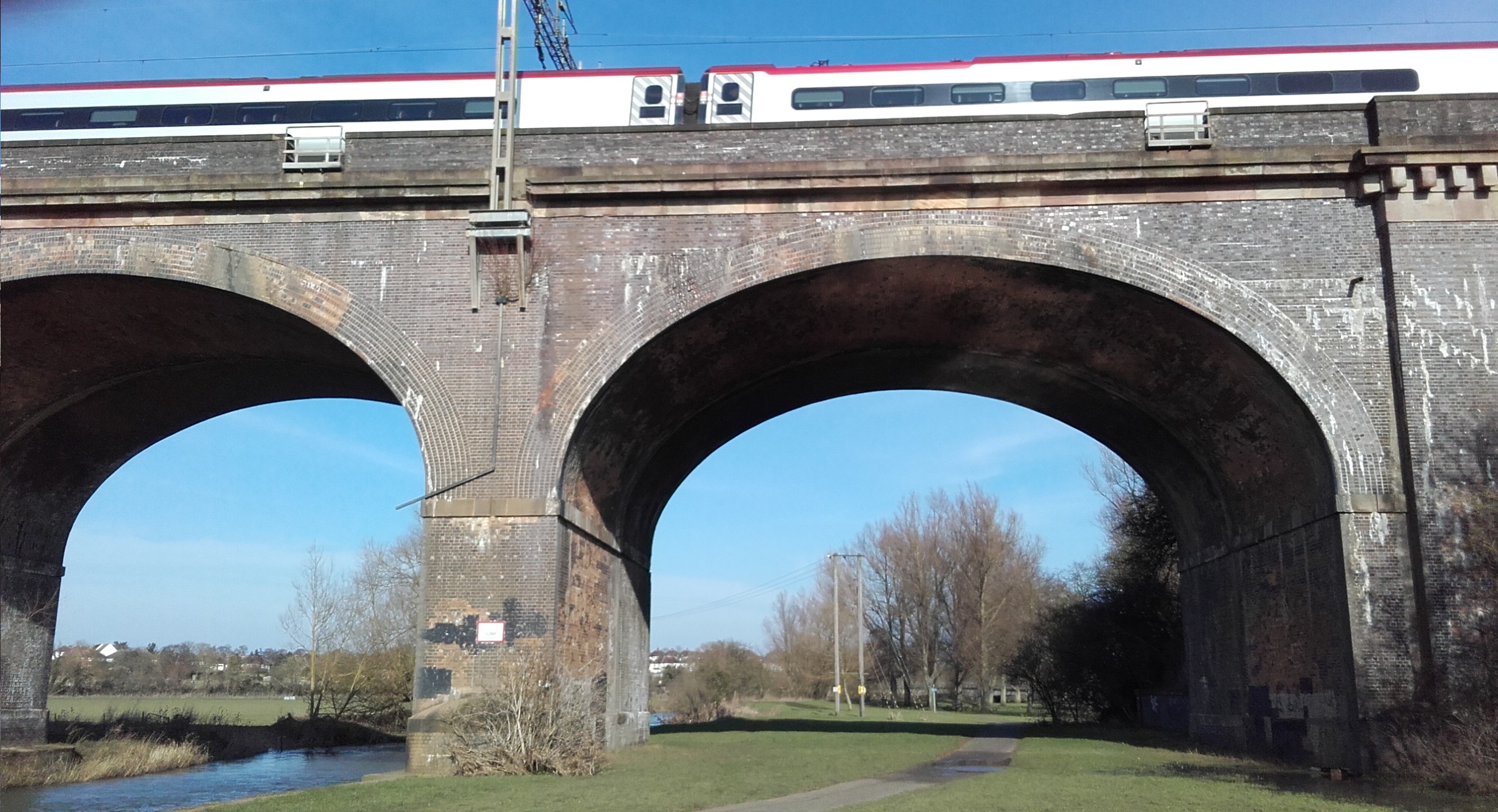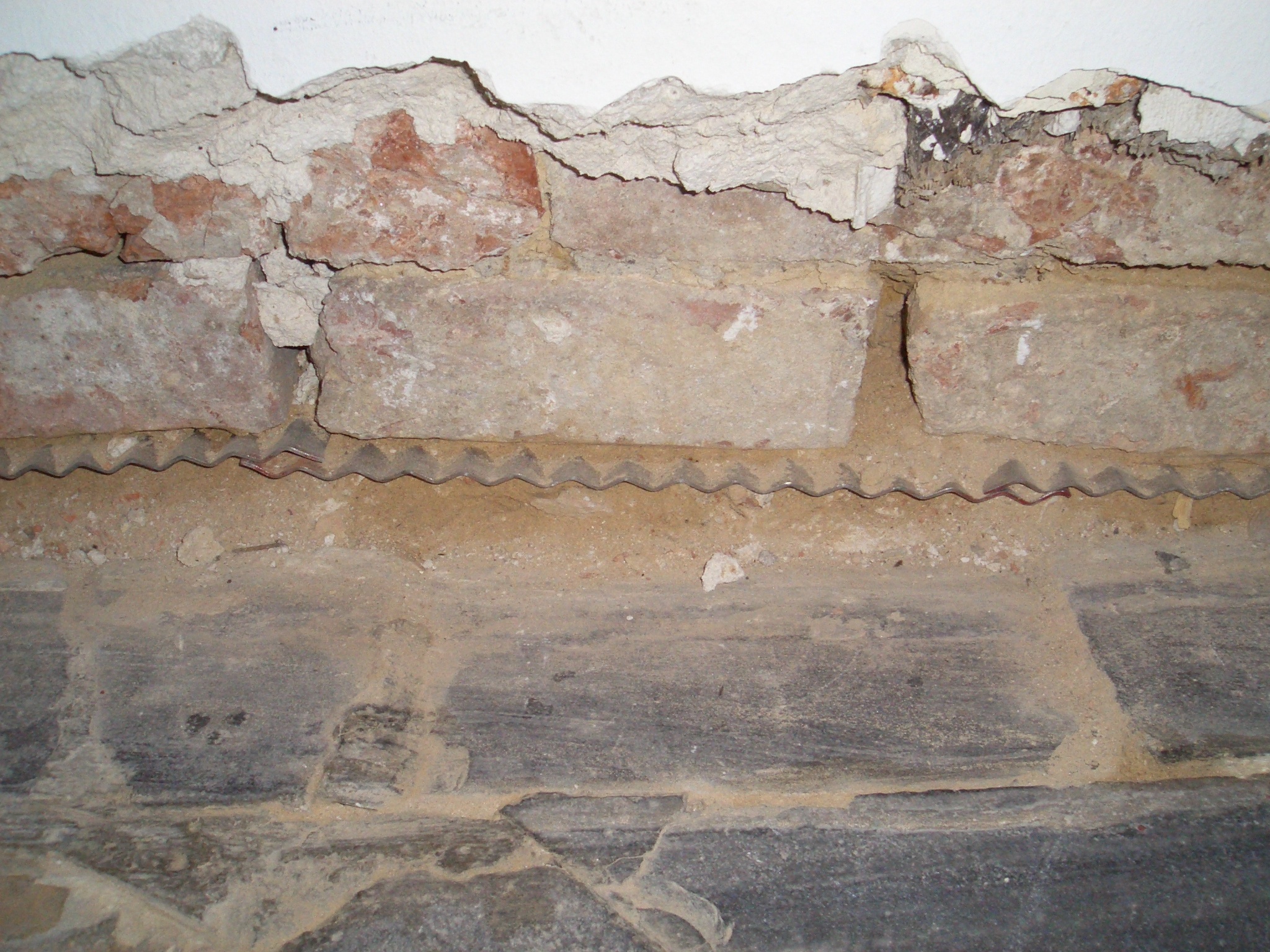|
Engineering Brick
Engineering bricks are a type of brick used where strength, low water porosity or acid (flue gas) resistance are needed. Engineering bricks can be used for damp-proof courses. Clay engineering bricks are defined in ''§ 6.4.51'' of ''British Standard BS ISO 6707-1;2014 (buildings & civil engineering works - vocabulary - general terms)'' as "fire-clay brick that has a dense and strong semi-vitreous body and which conforms to defined limits for water absorption and compressive strength" Stronger and less porous engineering bricks (UK Class A) are usually blue due to the higher firing temperature whilst class B bricks are usually red. Class A bricks have a strength of and water absorption of less than 4.5%; Class B bricks have a strength greater than and water absorption of less than 7%. Accrington brick is a type of engineering brick that was used in the construction of the foundations in the Empire State Building. See also *Staffordshire blue brick Staffordshire blue bric ... [...More Info...] [...Related Items...] OR: [Wikipedia] [Google] [Baidu] |
Wolverton Viaduct Carrying Train On West Coast Main Line
Wolverton is a constituent town of Milton Keynes, England. It is located at the northern edge of Milton Keynes, beside the West Coast Main Line, the Grand Union Canal and the river Great Ouse. It is the administrative seat of Wolverton and Greenleys civil parish. It is one of the places in historic Buckinghamshire that went into the foundation of Milton Keynes in 1967. The village recorded in Domesday is known today as Old Wolverton but, because of peasant clearances in the early 17th century, only field markings remain of the medieval settlement. Modern Wolverton is a new settlement founded in the early 19th century as a railway town, with its centre relocated about to the south-east. History Old Wolverton The town name is an Old English language word, and means 'Wulfhere's settlement'. It was recorded in the Domesday Book of 1086 as ''Wluerintone''. The original Wolverton was a medieval settlement just north and west of today's town. This site is now known as Old ... [...More Info...] [...Related Items...] OR: [Wikipedia] [Google] [Baidu] |
Brick
A brick is a type of block used to build walls, pavements and other elements in masonry construction. Properly, the term ''brick'' denotes a block composed of dried clay, but is now also used informally to denote other chemically cured construction blocks. Bricks can be joined using mortar, adhesives or by interlocking them. Bricks are usually produced at brickworks in numerous classes, types, materials, and sizes which vary with region and time period, and are produced in bulk quantities. ''Block'' is a similar term referring to a rectangular building unit composed of similar materials, but is usually larger than a brick. Lightweight bricks (also called lightweight blocks) are made from expanded clay aggregate. Fired bricks are one of the longest-lasting and strongest building materials, sometimes referred to as artificial stone, and have been used since circa 4000 BC. Air-dried bricks, also known as mud-bricks, have a history older than fired bricks, and have an add ... [...More Info...] [...Related Items...] OR: [Wikipedia] [Google] [Baidu] |
Damp Proofing
Damp proofing in construction is a type of moisture control applied to building walls and floors to prevent moisture from passing into the interior spaces. Dampness problems are among the most frequent problems encountered in residences. ''Damp proofing'' is defined by the American Society for Testing and Materials (ASTM) as a material that resists the passage of water with no hydrostatic pressure. ''Waterproof'' is defined by the ASTM as a treatment that resists the passage of water under pressure.Greenlaw, Bruce. "Moisture-Proofing New Basements", ''Foundations and concrete work''. Newtown, Connecticut: Taunton Press, 2003. 93. Print. Generally, damp proofing keeps moisture out of a building, where vapor barriers keep interior moisture from getting into walls. Moisture resistance is not necessarily absolute; it is usually defined by a specific test method, limits, and engineering tolerances. Methods Damp proofing is accomplished several ways including all : * A damp-proof c ... [...More Info...] [...Related Items...] OR: [Wikipedia] [Google] [Baidu] |
Accrington Brick
Accrington bricks, or Nori, are a type of iron-hard engineering brick, produced in Altham near Accrington, Lancashire, England from 1887 to 2008 and again from 2015. They were famed for their strength, and were used for the foundations of the Blackpool Tower and the Empire State Building. Name Three theories are proposed for the name "Nori": *Iron was written on the chimney of the brickworks, but backwards with the I at the bottom *The letters IRON were accidentally placed backwards in the brick moulds thus spelling NORI. This is by far the most common story. *It was a deliberate decision of the owners to differentiate them from the REDAC brick works in Huncoat, standing for Accrington Red. Geology Fireclay is often found close to coal seams and the Accrington area had many collieries. At the end of the Ice Age, the River Calder was blocked and formed a large lake in the Accrington area. The sediment from this lake produced the fireclay seams and local coal was available to ... [...More Info...] [...Related Items...] OR: [Wikipedia] [Google] [Baidu] |
Empire State Building
The Empire State Building is a 102-story Art Deco skyscraper in Midtown Manhattan, New York City. The building was designed by Shreve, Lamb & Harmon and built from 1930 to 1931. Its name is derived from " Empire State", the nickname of the state of New York. The building has a roof height of and stands a total of tall, including its antenna. The Empire State Building was the world's tallest building until the World Trade Center was constructed in 1970; following the collapse of the World Trade Center in 2001, the Empire State Building was New York City's tallest building until it was surpassed in 2012. , the building is the seventh-tallest building in New York City, the ninth-tallest completed skyscraper in the United States, the 54th-tallest in the world, and the sixth-tallest freestanding structure in the Americas. The site of the Empire State Building, in Midtown South on the west side of Fifth Avenue between West 33rd and 34th Streets, was developed in 1893 ... [...More Info...] [...Related Items...] OR: [Wikipedia] [Google] [Baidu] |
Staffordshire Blue Brick
Staffordshire blue brick is a strong type of construction brick, originally made in Staffordshire, England. The brick is made from the local red clay, Etruria marl, which when fired at a high temperature in a low-oxygen reducing atmosphere takes on a deep blue colour and attains a very hard surface with high crushing strength and low water absorption. Brickworks were a key industry across the whole Black Country throughout the 19th and 20th centuries, and were considered so important that they were designated as a reserved occupation during World War Two. The Black Country was a major producer of clay for brickmaking, often mined from beneath the 30 foot Staffordshire coal seam. The industry dates back to at least the 17th century, however brickworks really took off in the 19th century. A key date is 1851 when the Joseph Hamblet brickworks were founded in West Bromwich, which became one of the largest producers of Staffordshire blue bricks. Other sites produced these as w ... [...More Info...] [...Related Items...] OR: [Wikipedia] [Google] [Baidu] |




.jpg)

